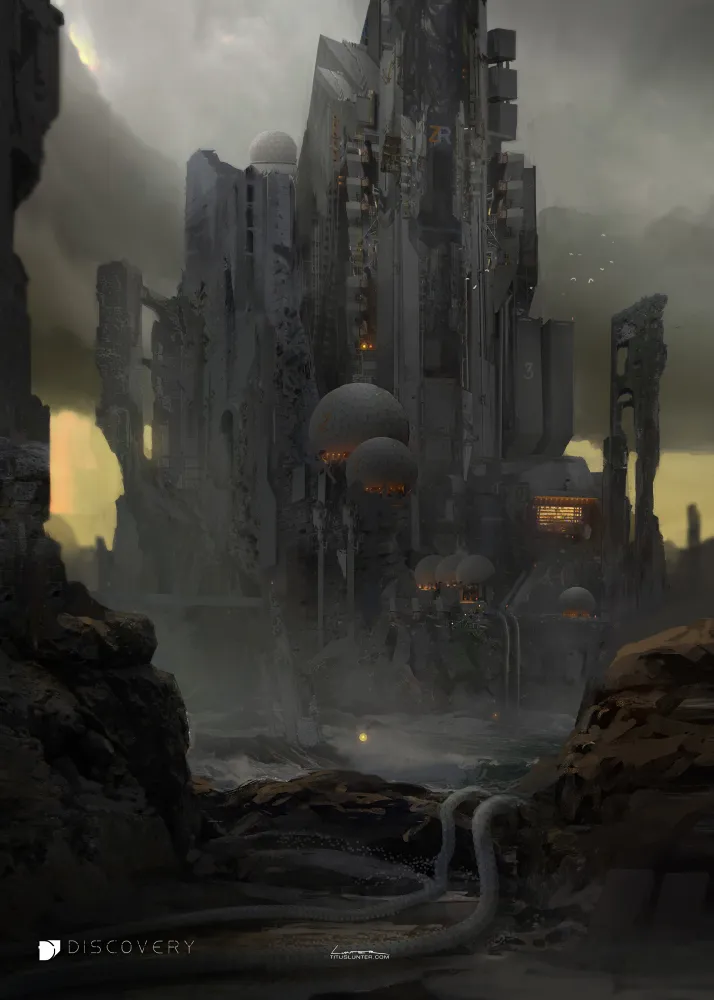Concept artist Titus Lunter

 Titus Lunter is a concept artist at the Ubisoft-owned Massive Entertainment, where he works on titles including on Tom Clancy’s The Division. Since he began working professionally in the games and entertainment industry in 2010, he has worked for studios including Rebellion and Playground Games, where he worked on Forza Horizon, and freelance on projects including Sony Computer Entertainment Europe’s Killzone: Mercenary. He is also a freelance illustrator for Wizards of the Coast, contributing to both Magic: The Gathering and Dungeons & Dragons. We caught up with Titus to find out what inspires his evocative environment paintings.
Titus Lunter is a concept artist at the Ubisoft-owned Massive Entertainment, where he works on titles including on Tom Clancy’s The Division. Since he began working professionally in the games and entertainment industry in 2010, he has worked for studios including Rebellion and Playground Games, where he worked on Forza Horizon, and freelance on projects including Sony Computer Entertainment Europe’s Killzone: Mercenary. He is also a freelance illustrator for Wizards of the Coast, contributing to both Magic: The Gathering and Dungeons & Dragons. We caught up with Titus to find out what inspires his evocative environment paintings.
Tell us about your journey
I got into art school when I was 17. My mother was an art teacher and it kind of ran in the family. I studied for seven years, at both art and game schools, but most of my knowledge came after school from online art communities, which were much more in depth about concept art.
The main reason I got into games was because I wanted to become a fine artist but figured I needed to develop myself first. Along the way I found I enjoy the challenges in games development a lot more. But I’ve aspired to be in the industry ever since I discovered Yoshitaka Amano’s work for Final Fantasy – I think it’s something I share with a lot of other artists.
How do you want to impact the world?
I’d really love to tell people more about the diversity of concept art. I see a strong focus online on rendering, getting a good composition, and so forth, but not a lot on design. For me, researching, figuring out how stuff works from a technical point of view, is the best part of making a concept.
I also get excited about sharing tools for improving workflow. There are plenty of people out there who render and paint a lot better than I do, so I’ll leave that part in their capable hands.
What are you passionate about?
I like a lot of the default things – movies, photography and so on – but I’m a pretty solitary guy. What I love the most is thinking about my personal paintings. I’m on this perhaps silly mission to try to convey complex emotions in landscapes without putting characters in them. For me, characters distract the viewer too much. They make the story about them, while I was always more interested in the bigger story of their surroundings.
What would be your #1 advice to other artists?
Stay true to yourself. Find that thing that you feel is most important and stick with it. Becoming your own person, a strong individual artist, is just as important as being a good commercial one. Meeting deadlines and working efficiently are things you learn along the way, but you can’t begin figuring out who you really are soon enough.
Related Links
Visit Titus’s ArtStation gallery
Visit Titus’s website






























